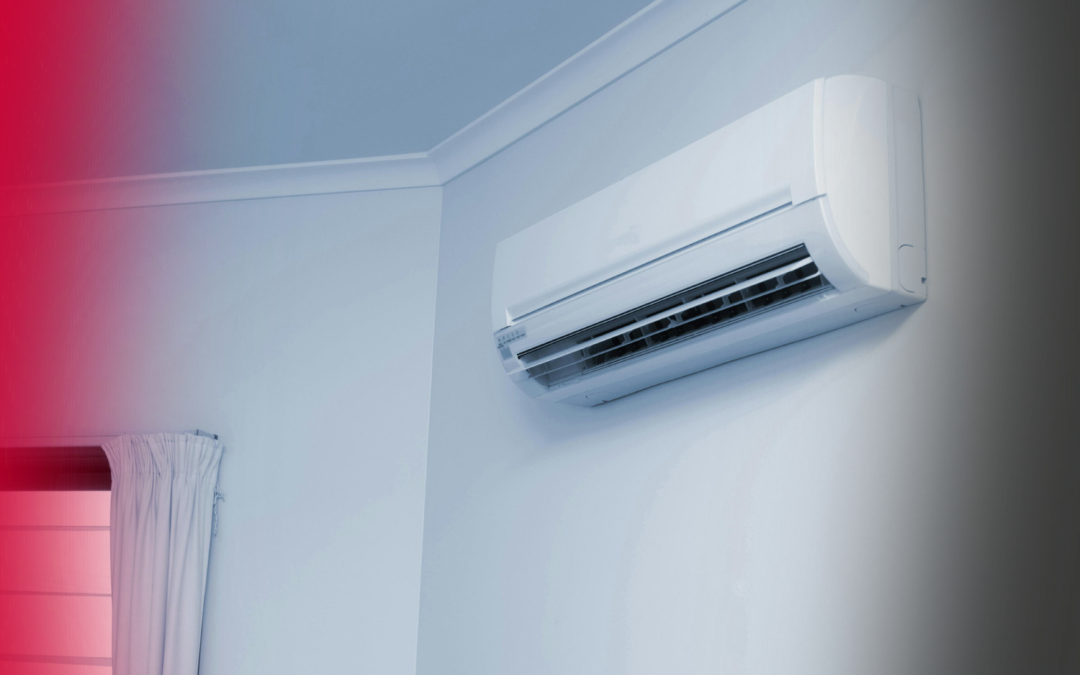The parts of an air conditioner that need the most care include the air filter, evaporator coils, condenser coils, fan blades and motor, refrigerant lines, and the thermostat. These components are the heart of your AC system, and keeping them in good shape can prevent costly breakdowns.
Why AC Maintenance Starts With Knowing the Right Parts
Your air conditioner works hard to keep your home cool. But some parts take on more stress than others. When they’re neglected, you might notice higher energy bills, poor cooling, or even a complete system shutdown.
According to Energy Star, regular maintenance can improve air conditioner efficiency by up to 15%, saving both energy and money. Knowing which parts matter most helps you focus your efforts where they’ll have the biggest impact.

How Knowing the Key Parts Can Save You Money
A well-maintained AC runs more efficiently, which means it uses less energy. The U.S. Energy Information Administration reports that heating and cooling make up about 43% of the average U.S. home’s energy use. Even small improvements in efficiency can make a noticeable difference in utility bills.
Knowing the main parts also helps you:
- Catch small issues early
- Explain problems clearly to HVAC technicians
- Avoid unnecessary repairs
It’s about prevention. Addressing minor issues now can save hundreds or even thousands later.
Parts of an Air Conditioner That Need the Most Care
Air Filter
The air filter traps dust, pollen, and debris before they enter your system. Over time, it clogs and restricts airflow, making your AC work harder. This can cause higher bills and reduced cooling.
Care tip: Check the filter every 1–3 months and replace it if it looks dirty.
Evaporator Coils
Located inside the indoor unit, the evaporator coils absorb heat from the air. When they get dirty, they can’t absorb heat effectively and may even freeze over.
Care tip: Have coils inspected and cleaned during annual maintenance visits. According to The U.S. Department of Energy, dirty coils can reduce your AC’s cooling efficiency by up to 30%.
Condenser Coils
These are found in the outdoor unit and release heat outside your home. Because they’re exposed to the elements, they can collect dirt, leaves, and grass clippings.
Care tip: Keep at least two feet of space clear around the outdoor unit and rinse the coils gently with a garden hose a few times a year.
Fan Blades and Motor
The fan moves air across the coils and throughout your home. If the blades are damaged or the motor is worn, airflow will suffer.
Care tip: Listen for unusual noises and schedule an inspection if the fan seems unbalanced or slow. Malfunctioning fans can cause the compressor to overheat, leading to costly repairs.
Refrigerant Lines
Refrigerant lines carry coolant between the indoor and outdoor units. If they leak or lose insulation, your AC can’t cool effectively.
Care tip: Look for ice buildup on the lines or reduced cooling power. Both can be signs of a refrigerant problem. Only a professional should handle repairs.
Thermostat
Your thermostat controls when and how often your AC runs. A faulty thermostat can make the system cycle on and off too often or not at all.
Care tip: Test settings regularly and replace batteries once a year. According to Energy.gov, upgrading to a programmable thermostat can save homeowners about 10% per year in energy costs.
Signs These Parts May Need Immediate Attention
Call a professional if you notice:
- Warm air coming from vents
- Weak airflow
- Ice forming on coils or refrigerant lines
- Loud or unusual noises from the unit
- Sudden spikes in energy bills
Addressing these signs quickly can prevent bigger issues and keep your home comfortable.

When to Call a Professional vs. DIY Maintenance
Some AC care tasks are safe for homeowners, like replacing filters or clearing debris from around the outdoor unit. Others, like cleaning coils, checking refrigerant, or repairing motors, should be left to trained technicians.
A home inspection from Harmony Inspection Services can help you spot HVAC issues during a routine check, especially before the summer heat arrives.
Preventative Maintenance Tips for Long-Lasting AC Performance
- Replace filters on schedule
- Keep the outdoor unit clear of plants and debris
- Schedule seasonal inspections in spring
- Use a programmable thermostat to reduce unnecessary run time
- Keep vents open and unblocked for balanced airflow
Small, consistent maintenance efforts can keep your system running smoothly for years.
Related Questions
What is the most expensive part of an air conditioner to replace?
The compressor is often the most expensive part to remove and replace.
How often should AC parts be serviced?
Most systems benefit from professional service once a year, ideally before cooling season.
Can dirty coils cause my AC to stop cooling?
Yes. Dirt and grime reduce heat transfer, making cooling less effective.
Is it bad to run the AC with a clogged filter?
Yes. A clogged filter strains the system and can lead to overheating or coil damage.
How long should an AC unit last with proper care?
With regular maintenance, many units last 12–15 years or longer.
Keep Your AC Running Its Best
Caring for the right parts of your air conditioner is the easiest way to keep your home cool, energy bills low, and repairs rare. If you’re unsure about your system’s condition or want peace of mind before the next heat wave, schedule a home inspection with Harmony Inspection Services. We’ll help you spot problems early so you can enjoy reliable comfort all season long.

